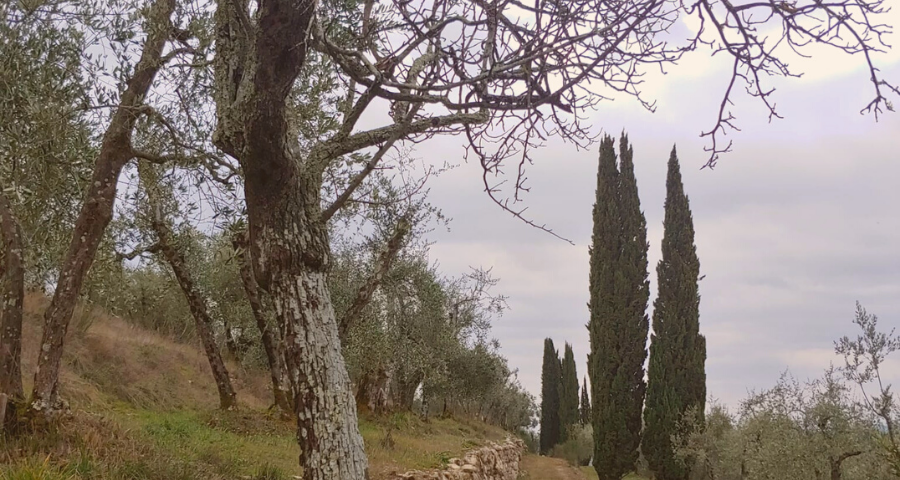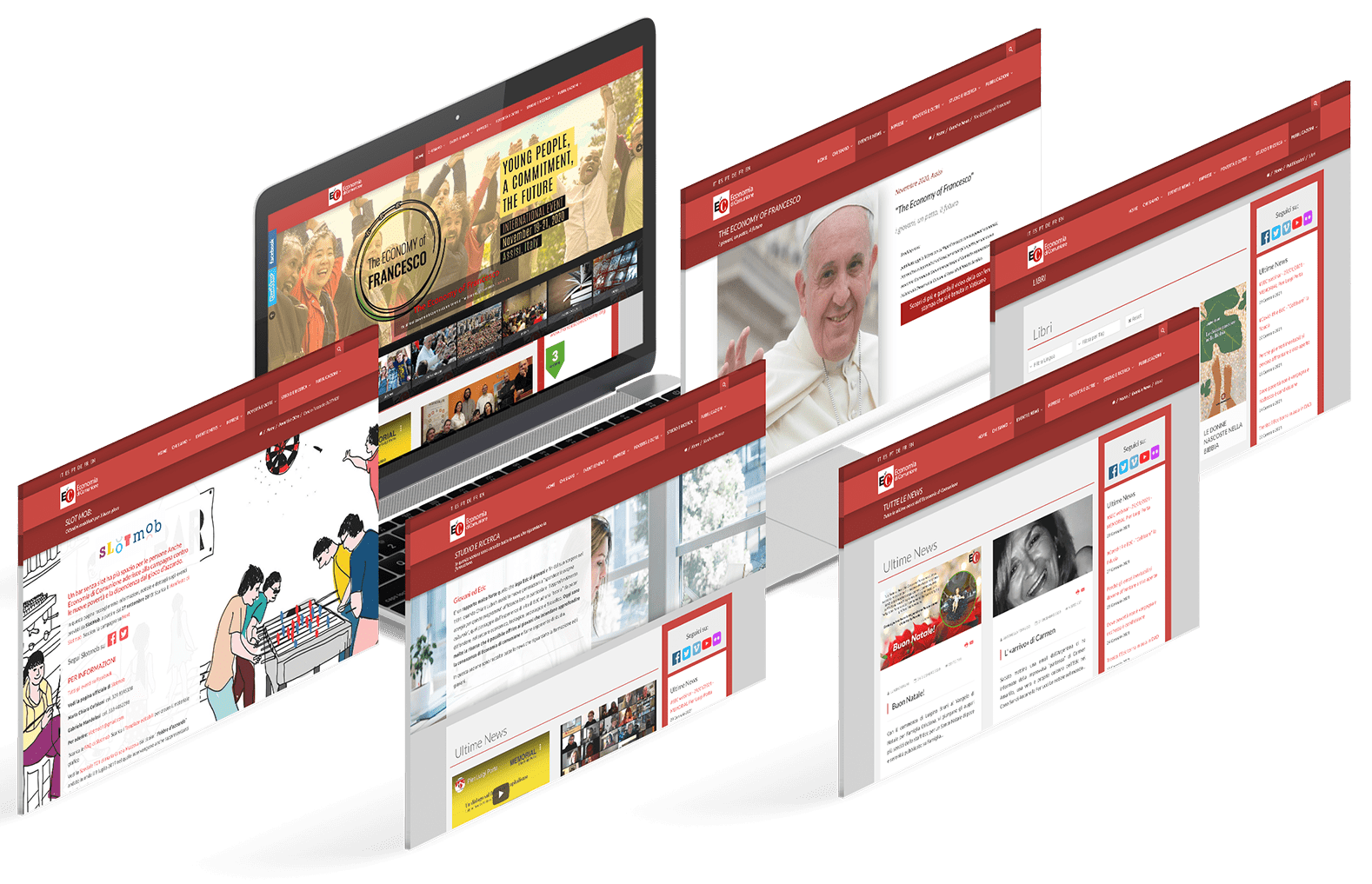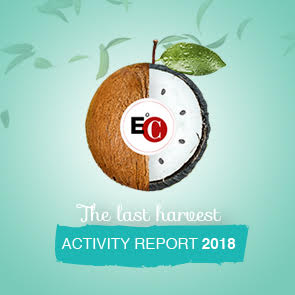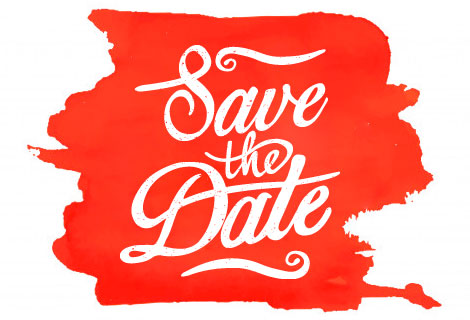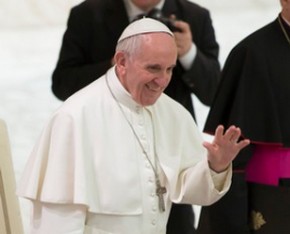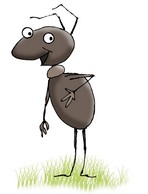The sign and the flesh/9 - Wealth builds arks of salvation and herds of vain imagery.
By Luigino Bruni
Published in Avvenire 30/01/2022
"The prophets are not interested in the mysteries of heaven but in the affairs of the market; not in the spiritual realities of the afterlife but in the life of the people; not in the glories of eternity but in the ruins of society."
Abraham Heschel, The Prophets
The golden calf is also one of the symbols of Hosea and it introduces a new and non-trivial aspect of the biblical struggle against idolatry: a challenge that reaches within our personal and community life.
That wealth is ambivalent is a truth of life. It is also a truth of the Bible, where money can be found in the parable of the Good Samaritan and in the betrayal of Judas, where the people's gold was used to build the Ark of the Covenant and to make the golden calf. The same money, the same gold: two opposite meanings. In the Bible and in life, where wealth is used every day to free poor people and to create new ones, where money builds arks of salvation and herds of golden calves. However, if the Bible decided to put the construction of the Ark of the Covenant (Exodus 25) before the manufacture of the golden calf (Exodus 32), and the Ark of Noah (Genesis 6) before the Tower of Babel (Genesis 11 ), perhaps it means that a good use of wealth comes before any wrongful ones - and if it comes first then it also has the ability to be truer and more profound.
The golden calf is the image par excellence of idolatry in biblical and Christian humanism. We find it in several books, up to the New Testament (Acts 7), because it says something important, perhaps essential. We also find it in Hosea: «With their silver and gold they make idols for themselves to their own destruction. Samaria, throw out your calf-idol! My anger burns against them» (Hosea 8,4-5). Here the prophet refers to the tradition of the two golden calves (or bulls) that Jeroboam, King of Israel, had placed in the two sanctuaries of Dan and in Bethel, as we are told in the first Book of Kings (chap. 12).
In reality, the biblical issues surrounding the golden calf are many and complicated. We must try to go beyond its bad reputation, and have a look at archaeology as well. From excavations today, we know that the use of animals as a pedestal or seat on which to rest the statue of a divinity used to be a common practice in the Middle Eastern region. The Canaanites worshiped Baal on a bull base, Astarte on a lion pedestal and Marduk on a dragon, and while they saw the two statues of the animal and god placed on top of each other, it was not difficult for them to distinguish the god from its sacred animal. They were both there, one on top of the other. For them it was not difficult to distinguish between the god and his stool or pedestal, between the statue of the divinity and his seat.
The tribes of Israel came from the same people, so it is perfectly normal that they shared the same divinities in the beginning, before the worship of YHWH was established as the one true God. This is why, even if we have no proof, we cannot rule out that for some centuries Israel may have used those animal stools for its different God as well. It was probably not a practice encouraged by the priests, but persisted all the same in shrines and private homes. There is, for example, no trace of criticism of the calves of Dan and Bethel in the traditions about Elijah and Elisha, who lived before Hosea when the bulls had already been placed in the shrines. Perhaps for some time these calf animals performed a similar (but not identical) function to the Ark of the Covenant, constituted by a mercy seat with two golden cherubs placed at both ends (Exodus 24,17-22). The Ark was not considered an idol, but a sign, a "sacrament" of the God-YHWH-Elohim who remained invisible and unrepresentable. The veil of the temple was also decorated with cherubs (Exodus 26,31).
However, the more YHWH began to distinguish himself from the ancient Canaanite deities, and the more the prophecy revealed to the people new and unnatural aspects of their different God, the more difficult it became to tolerate calves and bulls (Exodus 20,4-6; Deuteronomy 5,8-10) . The controversy against the golden calf and idols in general should be interpreted within this process, as well.
In fact, the origin of the biblical prohibition against graven images is probably the culmination of a complex process of a both theological and anthropological nature. On the one hand, the Jews, thanks above all to the prophets, and the essential one among them was Hosea, gradually began to understand that the gods represented by the Canaanite peoples could not really be serious things and that the true God could have nothing to do with those dead wooden artefacts. Knowing him they understood that YHWH was much too high up compared to those lowly puppets, that he was "only a voice", spirit and breath (ruah) and impossible to imprison within any artificial form. At the same time, the theological conviction that theirs was the only living and true God, and that therefore all the other nearby gods were not, they were in fact false gods, and therefore idols, began to grow. This double religious maturation led Israel to persuade itself that blocking God within a statue or an image merely meant turning him into an idol like any other. A third anthropological element was furthermore added to all of this: the only legitimate image of God is in fact Adam (Genesis 1,27) and if we allow God to be identified in a piece of coloured wood or in a statue, we are demeaning and diminishing human dignity, our nature of being «a little lower than the angels » (Psalm 8), which would then become the image of a pedestal or a bull.
In this slow, complicated and fluctuating process, a decisive role was played, in Israel, by the absence of an image of their God placed above the golden bull. The ban on representing God created the unprecedented case of stools or pedestals without statues. Thus, unlike other peoples, if Israel had continued to allow the presence of animal stools in its sanctuaries, the only thing remaining on the altars would have been the golden calf supporting an empty chair. It should therefore come as no surprise that at the time of Hosea (eighth century BC) people often confused YHWH with the calf, as evidenced by the story (written later) of the Exodus episode, when the Israelites said in front of the golden calf: «This is your god, O Israel, that brought you out of the land of Egypt!» (Exodus 32,4). This is your God, here was YHWH then: the people had now forgotten that the bull was only the pedestal of an invisible God and the bull had now become YHWH. The prophet, a new Moses, then lashes against the calf and destroys it, because from being a sign merely indicating something important, the stool had now become the indicated reality.
And this is the beginning of a very important discourse. This genesis of idolatry is particularly dangerous and probable in religions with a complex and abstract God. For the Canaanites, the bull was the sacred animal of Baal but the bull was not Baal: it was only his chair. The god was above and the bull below, the god rested on the animal, a spatial hierarchy that expressed the ontological and religious order of the cult. This is why no idolatrous disease can be found in those natural religions: they were idolaters to the Jews, but not to themselves or in the eyes of their prophets. In these people with simple, visible and representable divinities, there can be apostasy, they can leave one god for another, but the transformation of the animal-pedestal into a god is, theologically, very difficult if not impossible.
It is the absence of a statue of the adored divinity that makes idolatrous metamorphosis probable. This is why we find it in Israel, where the theological conditions to transform their difficult and different God into a simpler god, into a god-like-everyone, were already present.
Something similar also happens in spiritual communities, in idealist or charismatic organizations. If an association or a congregation is simple, so to speak, that is, it was born to simply carry out a charitable, religious or educational activity, founded by one or more individuals for this specific purpose, it is probable that the distinction between the ideal (mission ) and the person of its founders is very clear and stable. When, on the other hand, we are dealing with complex spiritual movements and with highly charismatic founders, where the mission therefore is neither univocal nor simple (re-evangelizing the world for example) the situation is very different. In the face of the invisibility and high level of the ideal, which remains invisible because it is too complex and different to be represented, sometimes the people are not able to hold up the "cult" of the pedestal-without-statue for long and in good faith end up adopting a simpler foreign god into their pantheon. That, or over time they end up transforming the founder (the pedestal) into the image of the ideal. The higher the message that a prophet announces to us, the easier it is to turn him into an idol - it cannot be ruled out that the death of Moses on Mount Nebo and his exit from the Bible was an attempt to prevent "the greatest prophet of all" to become an idol.
This is a very common mistake, which occurs in high and abstract charisms when the cherubic founders of the ark are progressively transformed into the golden calf. In these cases, the prophets destroy the image that has become idolatrous, and we all find ourselves, prophets included, in an empty sanctuary, without a divinity and without pedestals. A necessary, active and suffered religious and spiritual void, during which it is necessary to fight the spirit of death of collective depressions, and start anew tomorrow. And then, another day maybe, recover the rightful place of the founders. In the middle of this process there is the desert and there is exile: Israel would not have passed the phase of the golden calf without Moses (the desert) and without the prophets of exile: the "destructions" become "creators" if there is at least one prophet accompanying us who teaches us how to use the molten gold of the destroyed calf to make cherubs and a new ark of the covenant.
Kept in the heart of idolatrous destruction, we find another pearl by Hosea, one of the most popular and wisest phrases in the Bible, which reaches us like a bolt of fire within our civil and political life: «They sow the wind, and reap the whirlwind» (Hosea 8,7).
Finally, Hosea brings up and further develops a theme that is very dear to him: the multiplication of cults, altars and sanctuaries: «Because Ephraim has made many altars for sin, they have become for him altars for sinning» (Hosea 8,11). Idolatrous transformation is generally associated with the proliferation of altars, not the reduction of their numbers, when God becomes a simple god, when he loses his transcendent and unmanageable dimension; he loses height and is reduced to a mere pedestal. He becomes so simple to reproduce; two good stonemasons would be enough. Religion becomes technical, the "what is it" (manna) becomes "how does it works", know-how. The altars become filled with sacred artefacts. And the prophets cry out, in vain.
Hence an important message: the multiplication of religious practices is not in itself a sign of faith and morality; indeed, for the prophets it is precisely the multiplication of cults and sacrifices that is the first sign of ethical and religious decay: «For the sacrifices of My offerings they sacrifice flesh and eat it, but the Lord does not accept them» (Hosea 8,13).
Who knows how the biblical prophets would evaluate our time and age, empty of empty altars and shrines? Perhaps they would be able to say words that are different from ours, anti-consoling words, of non-futile hope.

